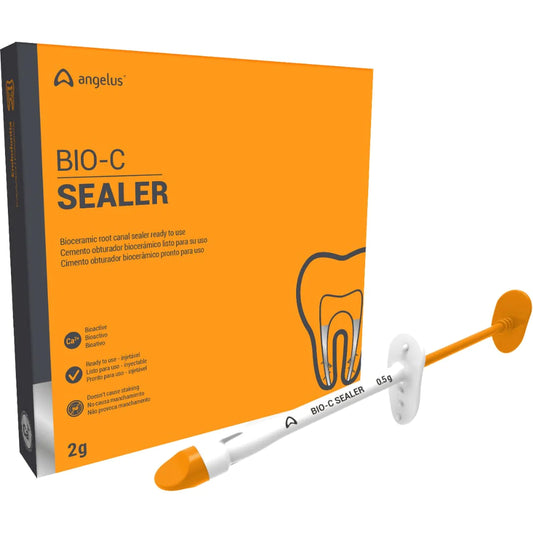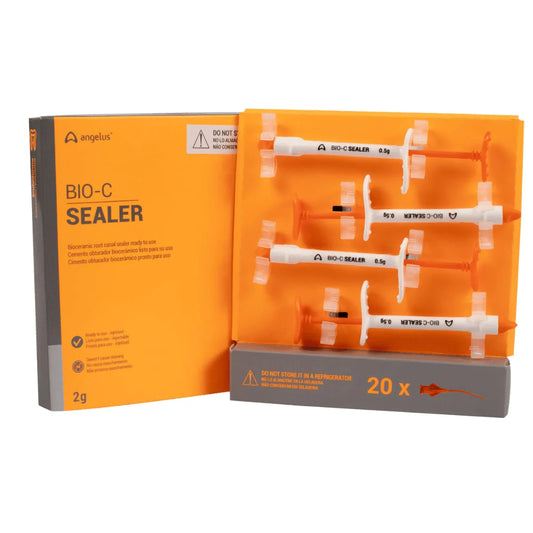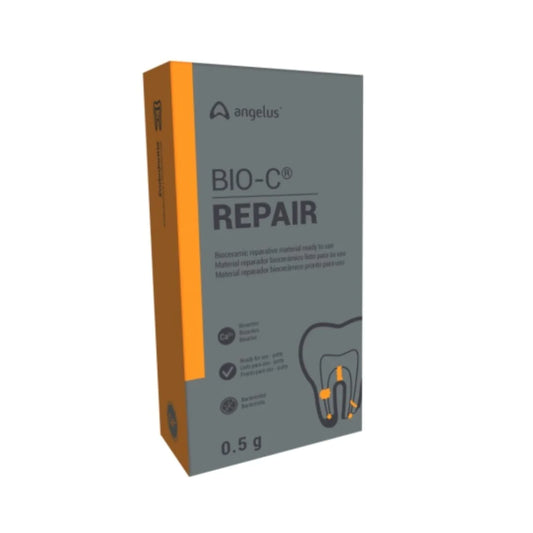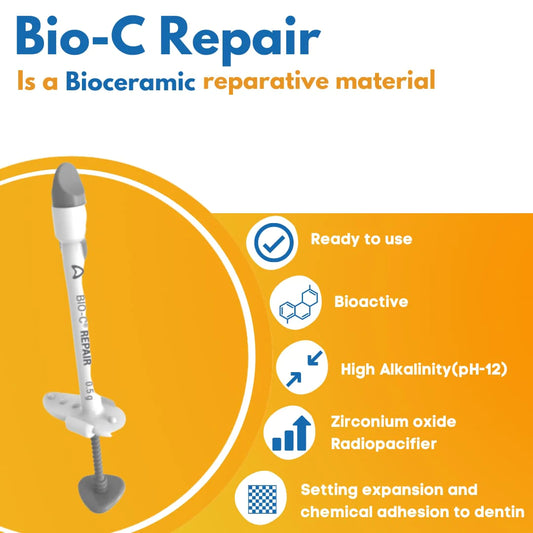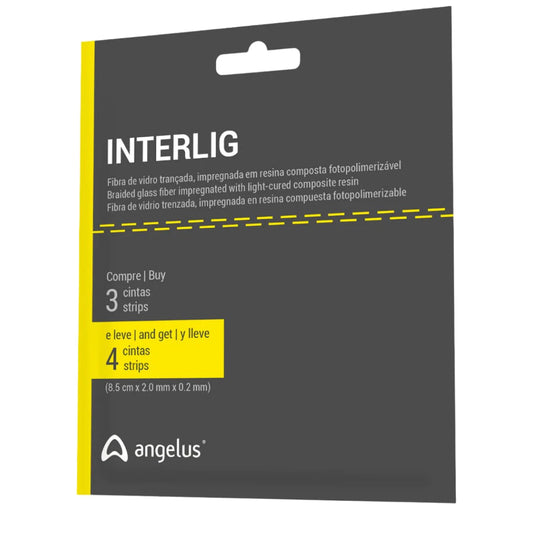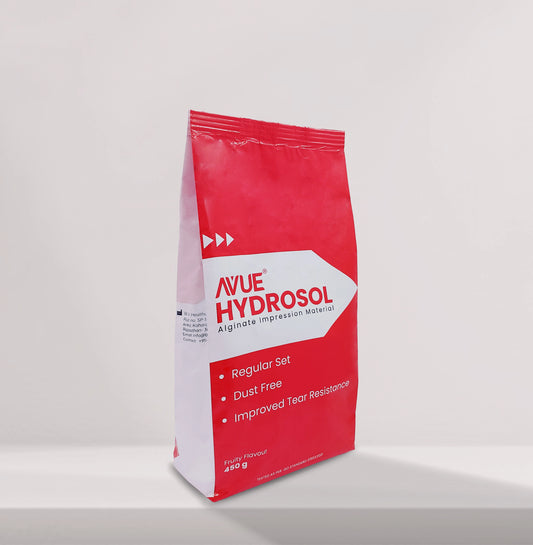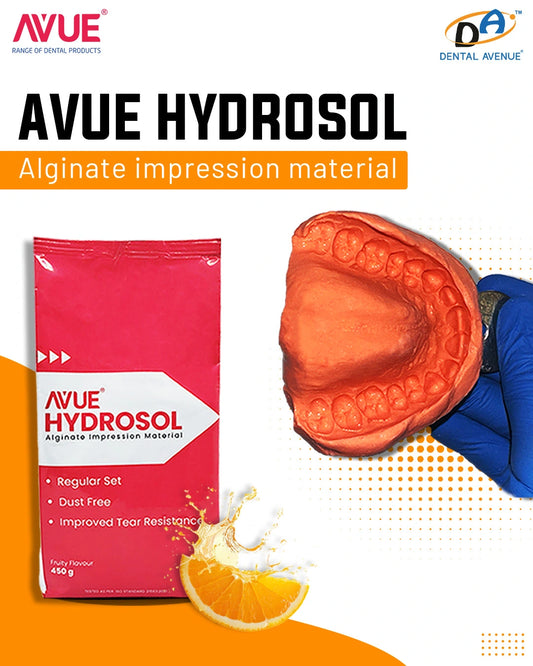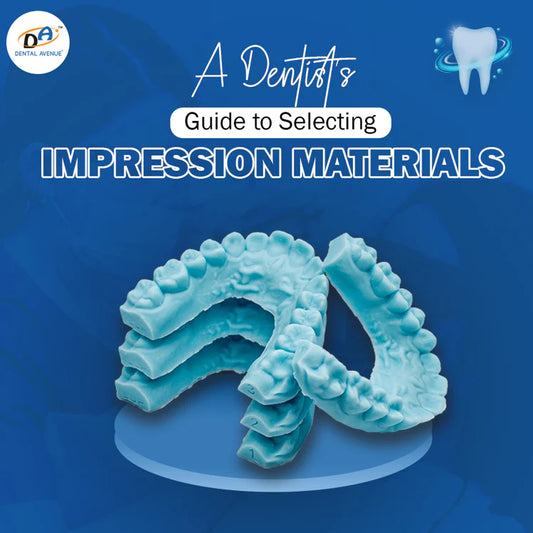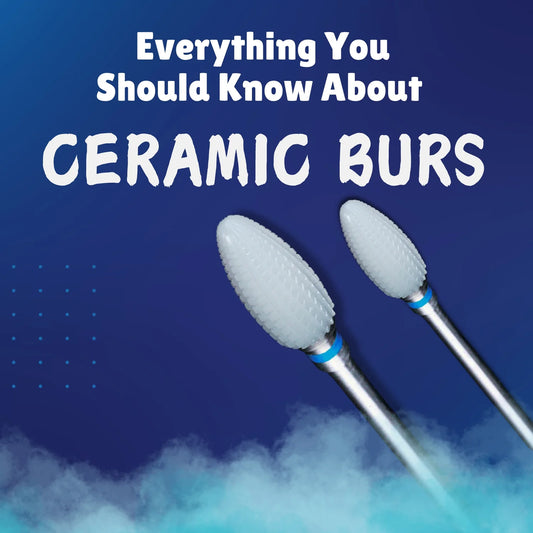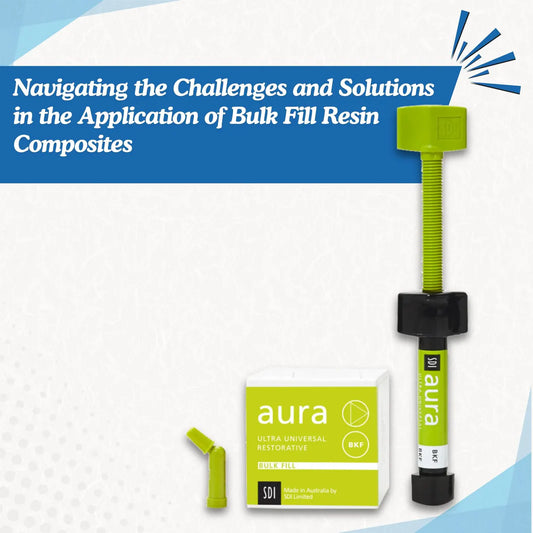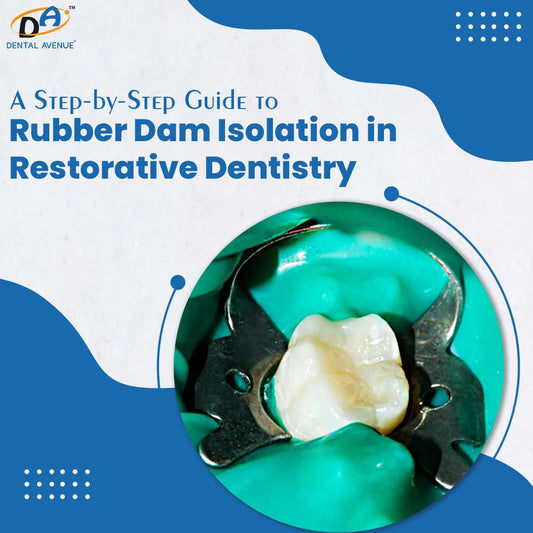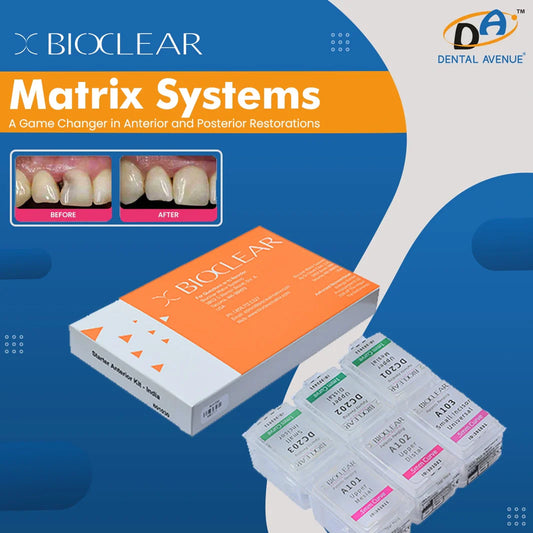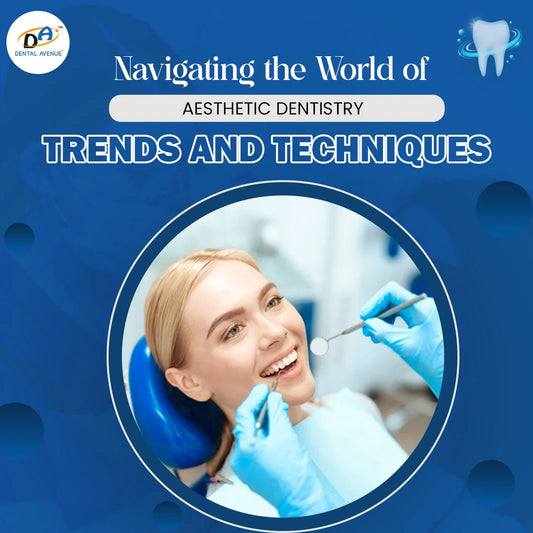Table of Contents
Introduction
What are Light Body Impression Materials?
Advantages of Light Body Impression Materials
10 Essential Tips for Light Body Impression Materials
Conclusion
Frequently Asked Questions
In the world of dentistry, fine, accurate detailing and precision of dental impressions is paramount. From various impression materials in dentistry, light body impression materials play a crucial role in capturing fine details necessary for the fabrication of dental prosthesis such as dental crowns and bridges, implants, removable or fixed dental prosthesis. Gaining proficiency in techniques for the usage of materials can improve the patient satisfaction and clinical outcomes in dentistry.
What are Light body Impression Materials?
Light body impression materials, typically vinyl polysiloxanes (VPS) or polyethers, are elastomeric Impression materials used in dentistry to accurately reproduce the fine details of tooth preparations and minutest details of surrounding structures tissues for accurate mold. They are characterized by their low viscosity, excellent hydrophilicity, enabling them to flow easily into narrow spaces and around delicate structures to make precise dental impressions. Normal and fast set type of light body dental impression materials are available in dental market.
Advantages of light body impression materials:
There are numerous advantages of using light impression materials in dentistry are as follows:
10 Essential tips for Light Body Impression Materials:
Tip 1: Choose the right material
Selection of right impression material depends on various factors such as clinician’s preference, comfort of the patient, viscosity of the material, setting time and how the material is compatible with the loading trays. Considerations of the treatment also play a vital role.
Tip 2: Store Properly
Follow manufacturers guidelines and recommendations properly can result in better functionality of the material; improper storage can affect the material viscosity and setting time of the impression, can lead to distorted impression.
Tip 3: Use the correct mixing technique
Proper mixing of the material as recommended by the manufacturer is important to ensure homogeneous consistency to avoid any distortion or incomplete setting of the impression.
Tip 4: Keep a steady hand
It is necessary to have a firm steady hand while loading the impression material onto the tray or while taking impression inside the mouth to avoid any distorted or uneven impression, which can lead to inaccurate details.
Tip 5: Work quickly and efficiently
It is advised to check the details of setting time, mixing time of the material, as delayed or prolonged mixing can cause early setting of the material before insertion in the patient’s mouth.
Tip 6: Pay attention to temperature
Temperature can influence the setting time of the impression material, so it is advisable to use as per the instructions, inadequate room temperature can hamper the setting time.
Tip 7: Ensure patient comfort
It is mandatory to inform about the procedure to encourage and motivate the patient towards impression taking to alleviate anxiety and discomfort. Tell everything in detail prior to the procedure about the complications like gag reflex might arise. Use techniques like proper insertion of tray, appropriate quantity of impression material on the tray and adequate moisture control to enhance the experience of impression taking.
Tip 8: Inspect impression carefully
After the procedure, it is necessary to check all the details recorded properly like margins and surface details to avoid complications later at the time of final delivery of the prosthesis; also it may lead to repetition of the whole process again.
Tip 9: Use the right tray
Selection of trays plays a crucial role in impression taking, as shot or oversized trays can lead to wastage of material, causing discomfort to the patient. Custom or adjustable trays may be necessary for complex cases to achieve desired results.
Tip 10: Maintain Cleanliness
Maintaining a clean and hygienic environment is crucial, as saliva or contaminated blood can cause cross infections to the dentist and its team. Debris or any foreign particles should be removed that can compromise the impression quality and accuracy.
Conclusion:
In conclusion, mastering the art of using light body dental impression materials is essential for achieving the desired results. These 10 tips from material selection to careful techniques can help in optimizing the workflow; improve therapeutic outcomes and guarantee patients’ satisfaction. By continuous practice and attention to detail this will further refine the skills which help the dental practice by providing excellent restorative and prosthetic treatments.
FAQs
What are light body impression materials used for?
Light body impression materials are widely used in dental treatments for recording fine and accurate details of teeth and surrounding tissues. They are essential for fabricating crowns & bridges, implants and other prosthesis.
What should I do if my impression has bubbles?
It is always advisable to destroy the impression material if any bubbles come to avoid the repetition of process at later stages of the treatment and it can give inaccurate details.
Can temperature affect the setting time of impression materials?
Yes, temperature plays an important role in determining the setting time of impression materials, as warmer temperature may accelerate the setting time and cooler temperature can shorten the setting time.
How do I ensure patient comfort during the impression phase?
It is important to clear all the doubts regarding the treatment process to gain the confidence and alleviate the anxiety of the patient. Maintaining a calm atmosphere in the clinic, proper size of trays is equally important.

